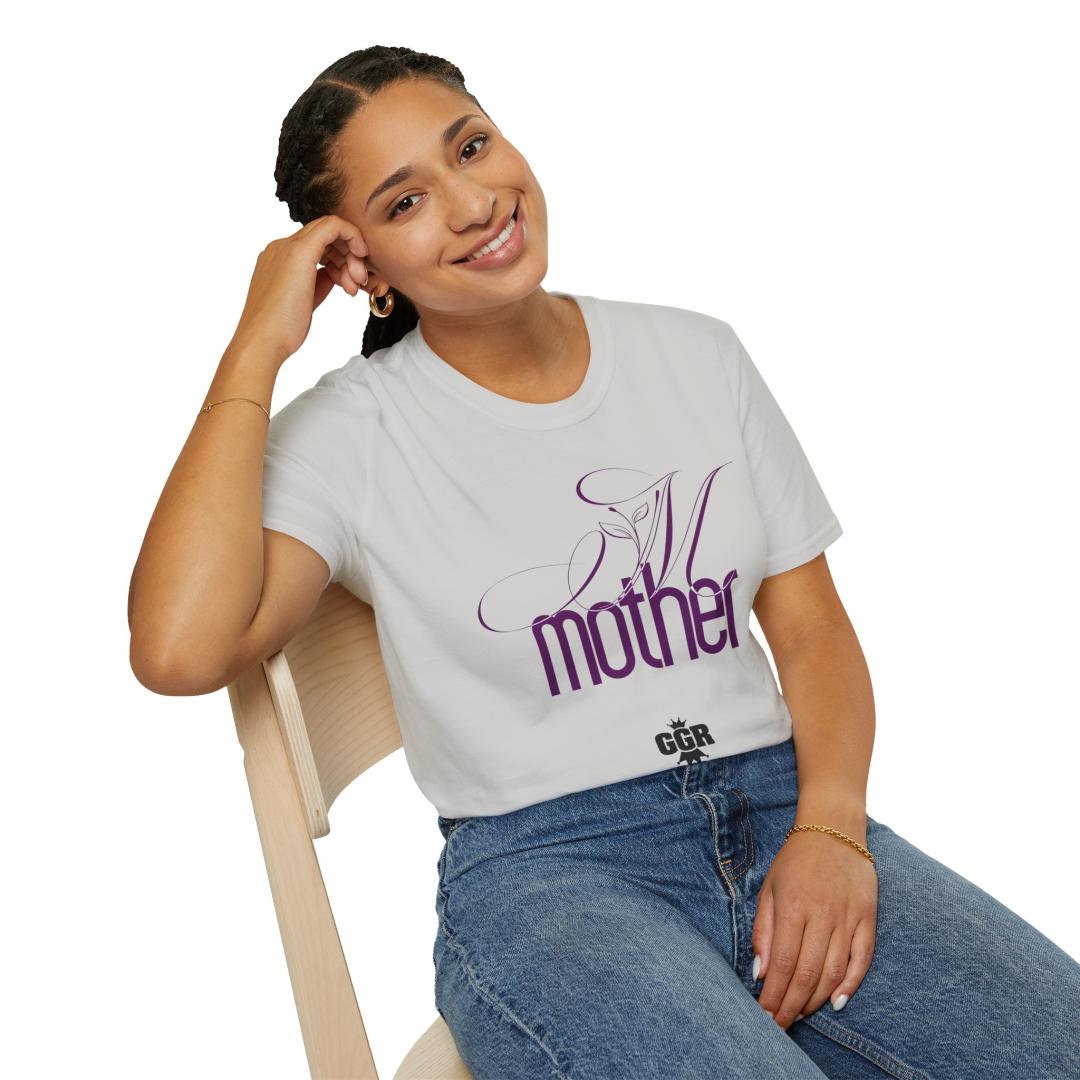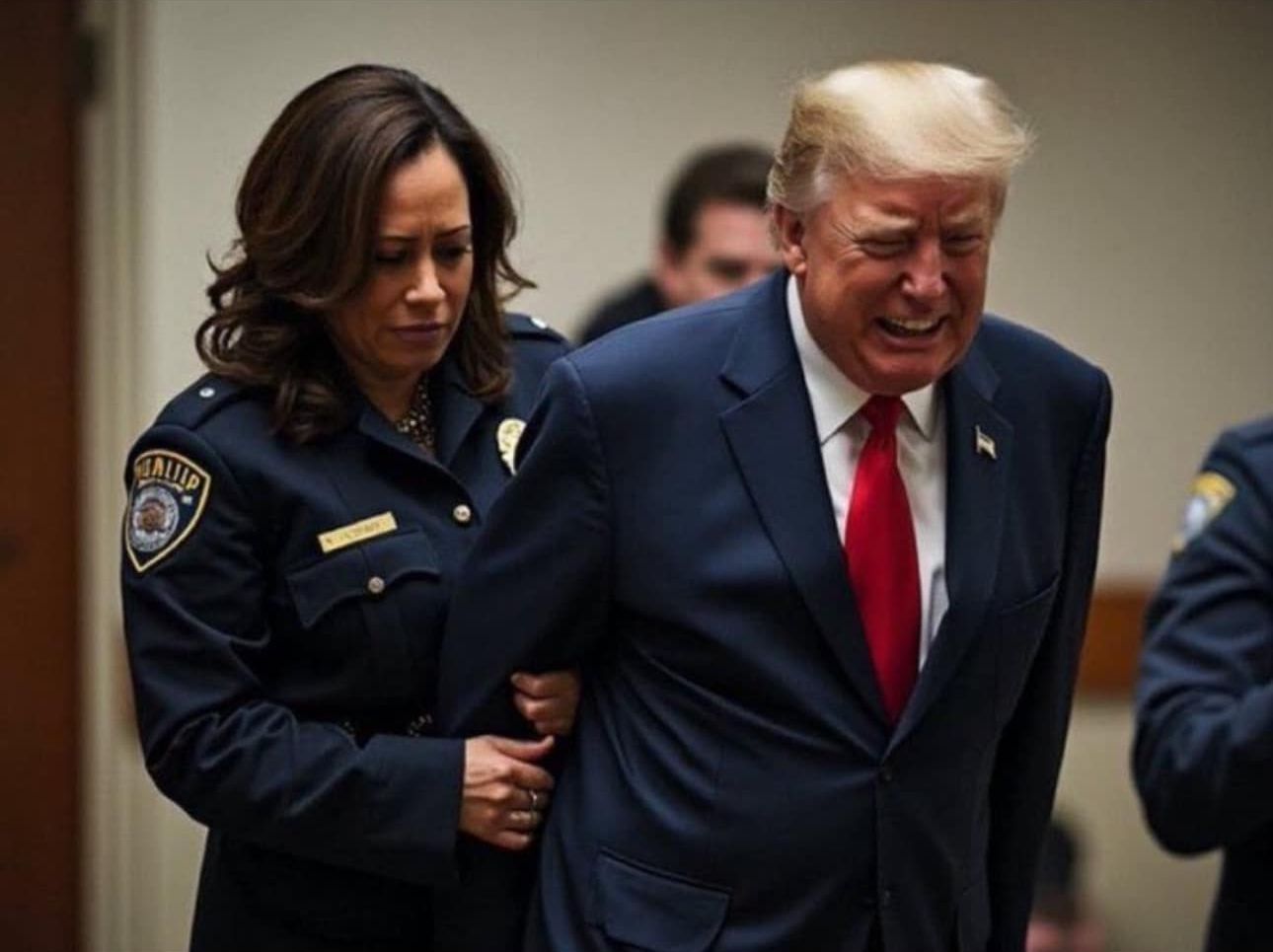When ever there is a female president of the United States, the current living fighters for women's rights from the 1950s will stand and shout "Yes we did it". Let's put vice president of the United States, Kamala Harris in the top world leader seat and make America humanely better... again. America will finally demonstrate its true democracy and symbol of diversity and catch up to other nations that have long "allowed" women to lead from the very top.
Female Presidents Across the World: Breaking Barriers and Leading Nations
In the annals of global leadership, female presidents have made a significant mark, breaking barriers, challenging norms, and leading nations with resilience, vision, and determination. Though the number of women who have ascended to the highest office in their countries remains relatively small compared to their male counterparts, their impact is undeniable. This article explores the journeys, achievements, and legacies of female presidents across the world.
The Pioneers
The history of female presidents dates back to the mid-20th century, with some remarkable women paving the way for future generations. One of the earliest and most iconic figures is Isabel Perón, who became the first female president in the world when she assumed office in Argentina in 1974 after the death of her husband, Juan Perón. Her tenure, however, was marked by political turmoil and economic challenges, leading to a military coup in 1976.
Another trailblazer was Vigdís Finnbogadóttir, who became the first elected female president in the world when she won the Icelandic presidency in 1980. Serving four terms until 1996, Finnbogadóttir was known for her advocacy for women’s rights, environmental conservation, and cultural preservation. Her leadership style was characterized by inclusivity, and she remains a beloved figure in Icelandic history.
African Leadership
In Africa, female presidents have also made their mark, often in societies where gender roles are deeply entrenched. Ellen Johnson Sirleaf of Liberia stands out as a symbol of hope and resilience. Elected in 2005, she became Africa’s first female president and served two terms. Sirleaf inherited a nation devastated by years of civil war and worked tirelessly to stabilize the economy, improve education, and promote women’s rights. Her efforts earned her a Nobel Peace Prize in 2011, alongside fellow Liberian peace activist Leymah Gbowee.
The Americas
In the Americas, women have also risen to the presidency, often in the face of significant political and social challenges. Michelle Bachelet of Chile is a prominent example, serving two non-consecutive terms (2006-2010 and 2014-2018). Bachelet, a pediatrician by training and a former political prisoner under the Pinochet dictatorship, focused on social reforms, education, and healthcare. After leaving office, she continued her public service as the United Nations High Commissioner for Human Rights.
Brazil saw its first female president with the election of Dilma Rousseff in 2010. Rousseff, who had been a key figure in the Workers’ Party, brought a focus on social policies and economic development during her tenure. However, her presidency was cut short by impeachment in 2016, amid a complex political and economic crisis.
Europe and Beyond
In Europe, Kolinda Grabar-Kitarović made history as the first female president of Croatia, serving from 2015 to 2020. Grabar-Kitarović’s presidency was marked by her efforts to strengthen Croatia's ties with Western institutions like the European Union and NATO while addressing domestic issues such as economic reform and regional cooperation.
Elsewhere, Dalia Grybauskaitė of Lithuania, often dubbed the "Iron Lady" of the Baltics, served as president from 2009 to 2019. Grybauskaitė’s tenure was notable for her strong stance on national security, particularly in the face of Russian aggression, and her efforts to promote economic stability and growth within the European Union framework.
In Asia, Tsai Ing-wen of Taiwan has been a significant figure since her election in 2016. As the first female president of Taiwan, Tsai has been a strong advocate for Taiwan’s sovereignty, social justice, and economic innovation. Her leadership has been particularly crucial in navigating the complex relationship between Taiwan and China, with Tsai maintaining a firm stance on Taiwan’s autonomy.
The Challenges and Triumphs
Female presidents have often faced unique challenges, from societal expectations and gender biases to navigating political environments dominated by men. Despite these hurdles, they have brought diverse perspectives to leadership, focusing on issues like social justice, healthcare, education, and women’s rights, often with a more inclusive and empathetic approach.
Their presidencies have also highlighted the importance of representation in politics. Having women in the highest offices challenges stereotypes, inspires future generations, and demonstrates that effective leadership knows no gender.
The Road Ahead
While the number of female presidents around the world is still relatively small, the growing presence of women in leadership positions is a positive sign of progress. As more countries elect female leaders, the global political landscape will continue to evolve, hopefully towards greater equality and inclusivity.
The journeys of these remarkable women remind us that the path to leadership is not easy, but with resilience, vision, and determination, barriers can be broken, and history can be made. Female presidents have not only led their nations through challenging times but have also redefined what leadership looks like in the 21st century. Their legacies will continue to inspire and shape the future of global governance.


















